It is not always easy to tell Vinyasa Yoga from Ashtanga Vinyasa Yoga. It is not uncommon for people to perform Vinyasa yoga while believing they are doing Ashtanga yoga.
In the end, the ideal approach is the one that provides you with the most rewards.
We hope this comprehensive comparison of Ashtanga Vinyasa Yoga vs. Vinyasa Yoga by India Yoga School will put your mind at ease. We hope this helps you choose the best yoga technique for your needs and begins your journey towards a more profound practice.
Yoga Styles: Ashtanga and Vinyasa
Which of the two main types of yoga—Ashtanga and Vinyasa—is better for you?
Yoga, in its physical and philosophical forms, has a long history. Various yoga traditions have developed over that time, reflecting the influence of various gurus, ideologies, and geographical regions.
Although there are benefits to all forms of yoga, some types are more suited to specific needs and tastes.
The Ashtanga and Vinyasa schools of yoga are among the most well-known. They share a lot of customs. Vinyasa actually developed in the West from a subset of Ashtanga, the original yoga style.
Here is all the information you need to know about Ashtanga versus Vinyasa if you’ve been wondering which style is better for your personal goals.
Also Read: Pigeon Pose Benefits
How Are Ashtanga and Vinyasa Yogas Distinct?
“Power yoga” is a common term for Ashtanga, whereas “flow yoga” describes Vinyasa. Vinyasa flows, such as the traditional Sun Salutation series, are theoretically a part of Ashtanga yoga classes’ primary sequence.
Looking at the order, intensity, class duration, modifications, and philosophical foundations of each style might help us grasp the difference between the two:
Sequence
The strictness of the posture sequence is the most noticeable distinction between Ashtanga and Vinyasa.
Ashtanga yoga sessions are known for their strict adherence to a predetermined sequence of poses. However, flow sequences in a Vinyasa class are more open to interpretation.
Traditionally, there are six series in Ashtanga:
- Yoga Chikitsa, or the Primary Series: a health-promoting practice
- Nadishodhana, or the Intermediate Series, aims to cleanse the neurological system.
- Sthira Bhaga, the Advanced Series: Concentrate Your Power. There are four series included: Advanced A, B, C, and D.
On the other hand, the Primary Sequence—the most beginner-friendly—is the focal point of contemporary Ashtanga classes. Standing postures, seating positions, and chanting meditations are all part of this sequence, which also contains well-known Vinyasa movements like Surya Namaskar A and B, often known as sun salutations. As a form of moving meditation that can help bring your chakras into harmony, the purpose of repeatedly doing the same yoga poses is to cleanse your body from the inside out.
Vinyasa yoga offers more freedom and expression. The format of each class is flexible, but it always incorporates a number of the asanas taught in the Ashtanga tradition of yoga. A hallmark of this form is the fluidity with which the practitioner moves from one pose to another. The classes often include music in the studio, and the movement is nearly like dancing.
Vinyasa is more dynamic and flowing, whereas Ashtanga calls for more sustained poses. Both styles incorporate flows, but Ashtanga is more static and steady.
Holding the Ashtanga postures for a longer duration
Intensity
The level of difficulty in Ashtanga and Vinyasa yoga is really different. When it comes to fitness, weight loss, and muscle gain, Ashtanga yoga programs are among the most strenuous and demanding.
In contrast, Vinyasa is less strenuous and more approachable for beginners, but it may still burn a lot of calories and build strength.
In general, Ashtanga yoga practitioners tend to be more “intense” yogis who consistently practice first thing in the morning. Many of the people who practice vinyasa yoga are more laid-back and like to do shorter sessions whenever it’s convenient for them.
You can take either style seriously or casually, depending on your preference; these are only broad strokes. Ashtanga is far more intense; that is the story’s moral.
Course Duration
In terms of duration, the primary sequence in an Ashtanga yoga class typically lasts between sixty and ninety minutes. Two hours is the maximum length for an advanced power yoga class.
Vinyasa courses are great for beginners who are strapped for time because they are shorter (30 to 60 minutes), more diverse, and often easier to follow.
Modifications
These two styles also differ in terms of manual modifications. Ashtanga instructors are more likely to provide feedback on your alignment and suggest ways to improve it. Why? You may go at your own pace and hold each pose for longer.
Vinyasa yoga instructors typically put more emphasis on guiding the group through the poses and displaying them than on modifying the poses for each student. There is less room for adjustment when breathing becomes an integral part of continuous movement and specific poses become routine.
There is a lot more to yoga than simply physical postures, as you undoubtedly already know.
Philosophy
Vinyasa and Ashtanga both aim to bring the practitioner into harmony with their breath and movement, sharpen their concentration, and ultimately bring about a more profound internal calm. However, Ashtanga is far more of a philosophical and spiritual exercise.
Classes in the traditional Ashtanga style often incorporate breathing exercises, meditation, mantra chanting, and self-reflection. Ashtanga aims to practice the complete 8-fold path of yoga both on and off the mat, with an emphasis on inward development. On the other hand, Ashtanga versions that are marketed as “power yoga” may neglect the ancient practice’s spiritual components in favor of a fitness-centric approach.
Although a Vinyasa session may incorporate some type of concentration and mental quieting, it is often less philosophical and does not use chanting or any kind of structured meditation. Pranayama, the practice of breathing in and out of yoga poses, and the physical aspect of the practice are instead the main points of emphasis.
What is Ashtanga Yoga?
Ashtanga yoga, sometimes known as “power yoga,” was developed from the teachings of the ancient Indian scholar Patanjali. He lays out the eightfold path to enlightenment in the Yoga Sutra.
Ashtanga is more of an approach to healthy living that centers on eight tenets of spirituality, ethics, and way of life, such as:
- Yamas: Right conduct and ethical principles make up the first limb. These life-affirming principles form the bedrock of the Ashtangi way of life. “Treat others the way you want to be treated” is essentially what yamas teach, which is similar to the “Golden Rule” or the maxim. Nonviolence (ahimsa), truthfulness (satya), non-stealing (asteya), continence (brahmacharya), and non-covetousness (apirgraha) are the five yamas.
- Spirituality and self-control form the basis of the second limb, Niyama. Cleanliness (saucha), contentment (samtosa), heat (tapas), spiritual discipline, study of oneself and sacred writings (svadhyaya), and devotion to God (isvara pranidhana) are the five niyamas.
- Originally designed to fortify and prepare the body for extended periods of meditation, asanas are physical postures.
- Yoga and meditation both center on pranayama, or deep breathing exercises. Pranayama means “life force extension” in its literal sense, since yogis have long held the belief that controlling one’s breathing deeply enhances and prolongs one’s life.
- The fifth limb of yoga, pratyahara, is about calming the senses or removing oneself from the world around them. What this implies is that we need to be fully present and attentive to our bodies.
- Meditation begins with the limb of concentration, or dharana.
- A key component of the seventh yoga limb, Dhyana, is meditation and contemplation.
- Samadhi: Total inhalation of the joy of the universe is the last aim or level of yoga.
Also Read: Complete Guide to the 7 Chakras and their Effects
Although these eight limbs form the basis of Ashtanga Yoga theory, asanas take center stage in most Western Ashtanga Yoga classes. In spite of this, serious Ashtangis try to live by these principles whenever possible.
Some people are drawn to this kind of yoga because they like the rigidity, discipline, and intensity of the defined sequence.
Ashtanga Yoga is ideal for those who:
- Love challenging physical exercises
- Would like to lose weight or gain muscle
- Have a strong commitment to self-improvement
- Would rather have a more spiritual life
- Desire a more structured approach to yoga, with a predetermined series of poses, for both physical and mental well-being
- Prefer to rise with the sun
- Embrace a test
- Allocate a substantial amount of time (often 90 minutes to 2 hours).
What is Vinyasa yoga?
As yoga styles go, Vinyasa Yoga is one of the more “trendy” ones. Technically, it is a descendant of Ashtanga, but its emphasis on sun salutations and other sequences sets it apart. Every Vinyasa flow is unique, and students are encouraged to express their individuality.
Because of its emphasis on fluid movement from one posture to the next, Vinyasa yoga is commonly referred to as “flow” yoga. The term “taking a Vinyasa flow” describes a typical transition between more difficult yoga poses. This entails alternating between downward dogs, chaturangasanas, and upward-facing dogs.
Vinyasa is often easier for beginners to pick up than Ashtanga, but it may still be tough on the wrists when you first start out. Even when you’re moving quicker, your alignment and posture must remain correct.
Vinyasa movement Yoga is ideal for those who are new to the practice, such as:
- Take pleasure in working out
- Desire greater range of motion and a trimmer physique?
- Like a more relaxed, easygoing approach.
- Vinyasa is creative and has movements that resemble dancing, so you can get tired with the same poses or want more variety.
Such as a contemporary approach to yoga that departs from the tenets of classical yoga. Only 30 to 60-minute sessions will do for now.
Important Takeaways: Yoga for Newbies: Vinyasa and the More Intense Ashtanga
In the end, the yoga positions and techniques used by these two schools of thought are quite similar. The organized vs. dynamic patterns are the main distinction between Ashtanga and Vinyasa.
Vinyasa yoga is more accessible to newcomers because it allows for more personal expression. When leading a flow class, an excellent instructor will use music to take students through a dynamic, ever-changing sequence.
Ashtanga yoga is more intensive because it integrates traditional spiritual practices and follows a defined series of hard poses. Even though Ashtanga yoga instructors may have diverse interpretations of the original series, the foundational poses are generally consistent.
Vinyasa and Ashtanga yoga are both great for:
- Raising mobility and adaptability
- Ashtanga Yoga Helps with Weight Loss Because It Burns More Calories
- Promoting better mental health
- Developing muscular strength and tone
- Minimizing anxiety
You may find both traditional and modern yoga courses at most facilities; try both out to see which one suits you best at India Yoga School.

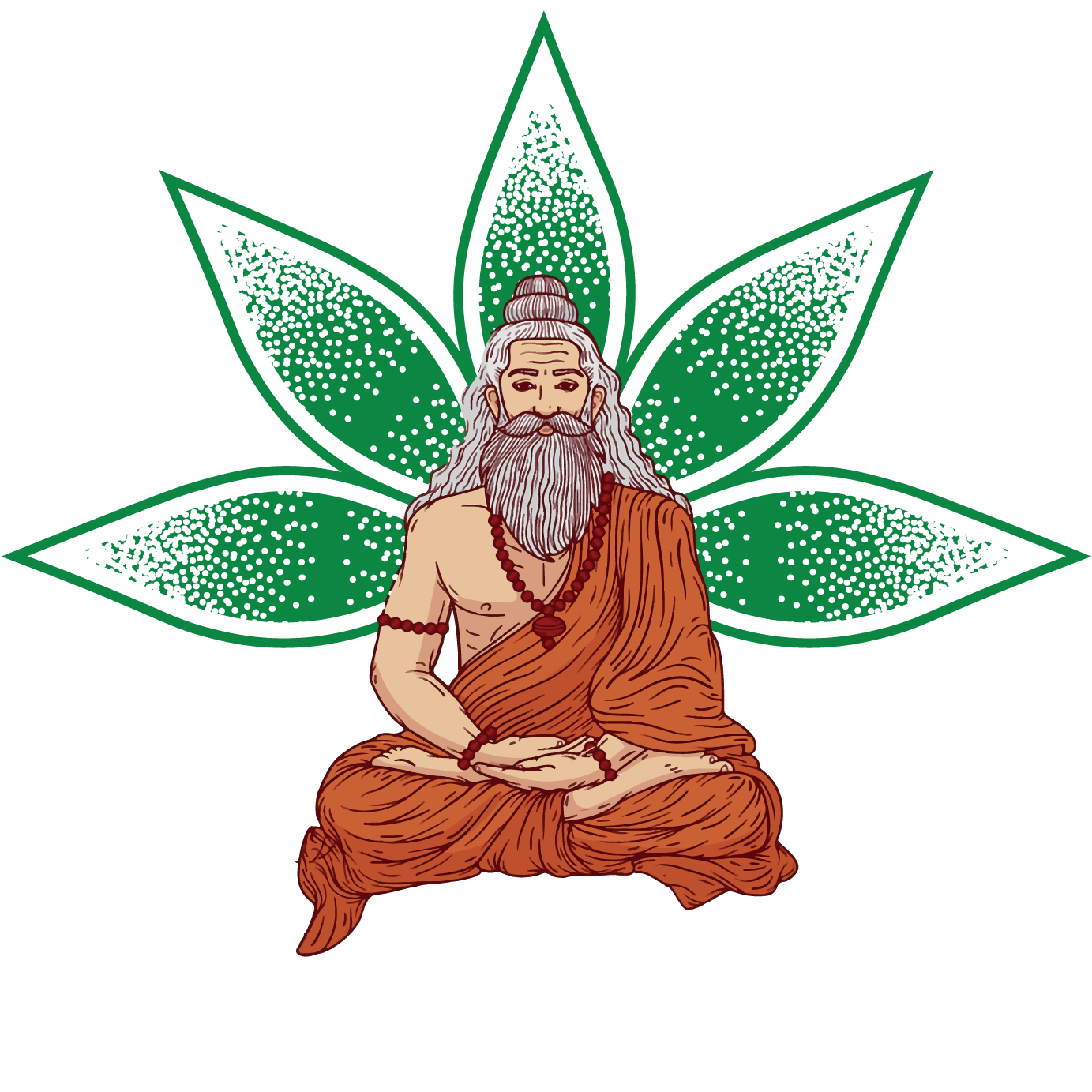
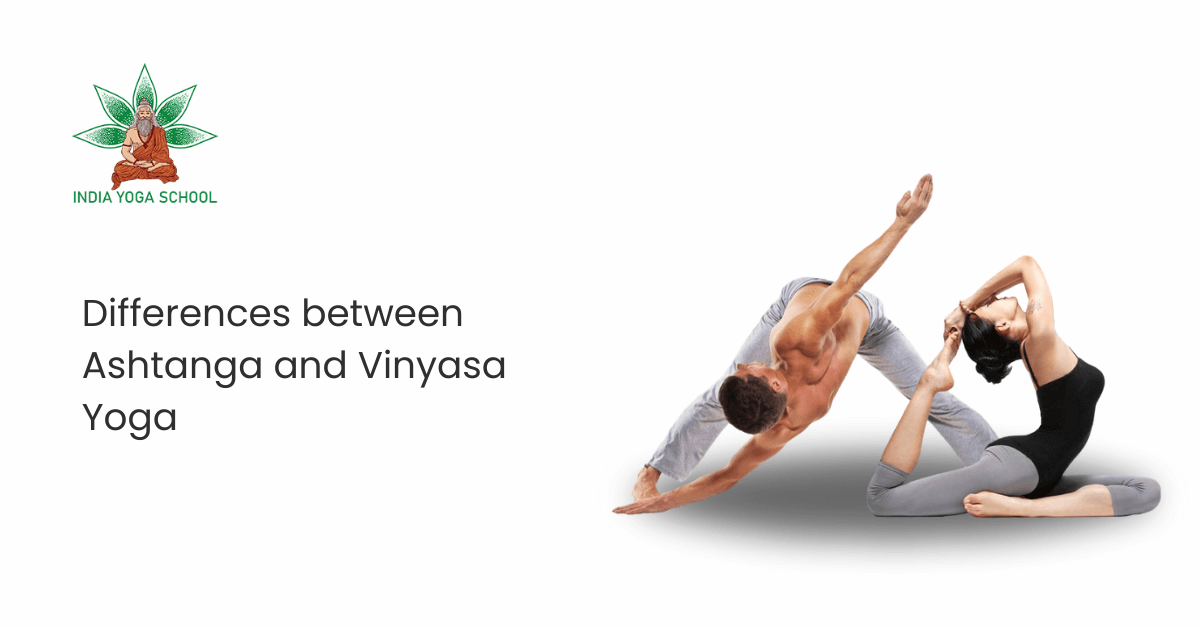
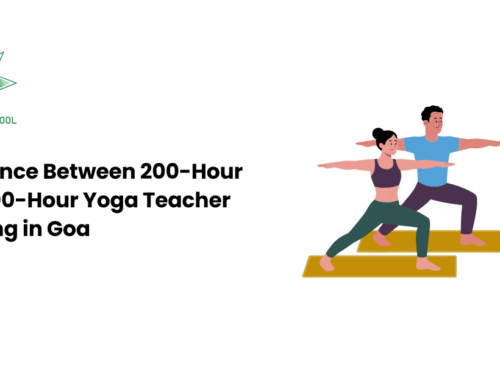
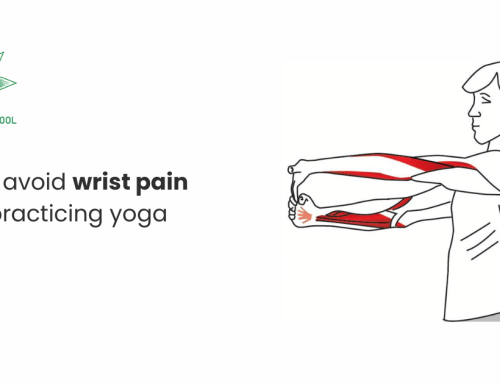

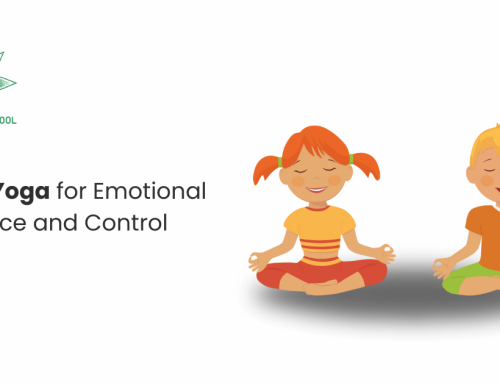
Leave A Comment